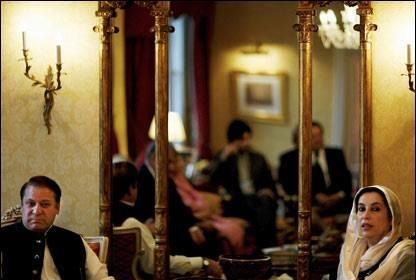In today’s fast-paced world, technology is the catalyst that facilitates more than half the world’s needs. Advances in almost every field of science and technology impact our lives in every shape and manner. Whether it is our day-to-day communication, health, content consumption, or the food we eat, all of it is influenced by advancing technology.
However, to truly understand this, we must recognize that these changes result from years of tests and experiments. What is even more astonishing is how, as the world advances, these trials simultaneously speed up. Every day, we encounter groundbreaking discoveries: a newly explored constellation billions of light-years away, faster and more efficient versions of AI applications, China’s new model of the artificial sun, and more. While all of this gradually becomes more achievable, we must remember the incredible minds working behind the scenes.
Technology as a Measure of National Progress
Today, the classification of poor and rich countries is increasingly based on technological advancements rather than natural resources. A nation’s ability to keep pace with global progress determines its standing on the world stage. While some nations race ahead in this technological marathon, others lag behind.
These nations are often labeled as “developing countries,” and Pakistan, unsurprisingly, is among them. It remains a consumer of the technological triumphs of more prosperous nations. The growing dependence on foreign technology has created a financial outflow, funneling funds to already developed countries, further threatening Pakistan’s economic stability.
The Role of Education in Technological Progress
“Literacy is a bridge from misery to hope,”
says Kofi Annan. The foundation of a country lies in the education of its youth. However, if we were to identify the primary reason Pakistan falls behind in scientific advancements, the lack of effective education would top the list.

Outdated teaching methods continue to hinder intellectual growth. These repetitive patterns fail to teach students the practical application of knowledge. Instead, students are confined within four walls, memorizing information with little encouragement for critical thinking. An education system that lacks practical engagement stifles creativity and prevents scientific breakthroughs. To foster innovation in science and technology, students must be exposed to the limitless possibilities of scientific exploration.
Investment in Research and Development
The World Economic Forum’s Global Competitiveness Report highlights that countries prioritizing investments in education, research, and technological innovation rank higher in economic development and competitiveness. For example, South Korea allocates a significant portion of its GDP to research and development, maintaining its position among the top technologically advanced nations.
In stark contrast, Pakistan invests only about 0.2% of its GDP in research and development, while the global average is 1.7%. This substantial gap underscores Pakistan’s urgent need to elevate its investment in research and compete on a technological scale. According to a UNESCO report, over 60% of Pakistani students lack access to modern laboratories and practical learning experiences, further limiting their ability to engage in innovative research and technological growth.

The Need for Reform in Pakistan
To bridge the gap between Pakistan and the world’s leading technological nations, reforms are essential. Primarily, the education system must undergo a transformation that fosters scientific curiosity and problem-solving rather than rote memorization.
Research remains an unfamiliar concept for many Pakistani students, even at the high school level. Therefore, it is crucial to integrate hands-on research facilities, modern laboratories, and real-world collaborations to help students apply their learning in meaningful ways. As a nation, our priority should be investment in science and technology research, grants and scholarships, and institutions that nurture young innovators.
Every day, countries like China and South Korea demonstrate the impact of strategic investment in education and research, leading to rapid technological advancements. If Pakistan follows suit, it can harness the potential of its people to achieve technological self-sufficiency and economic progress.
















